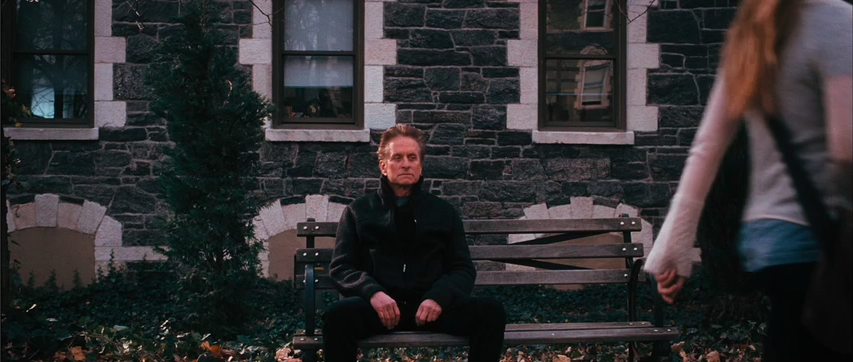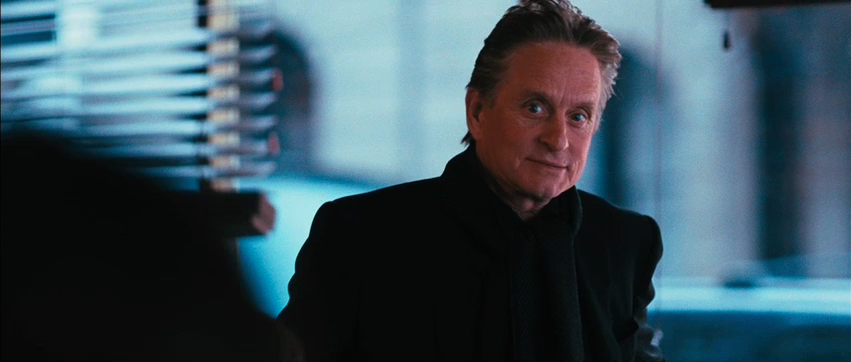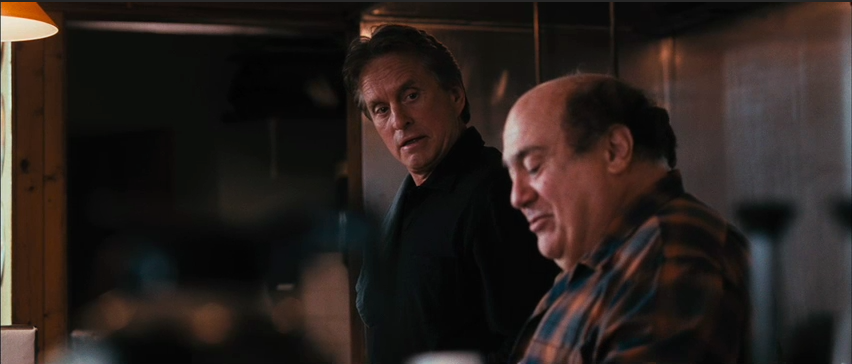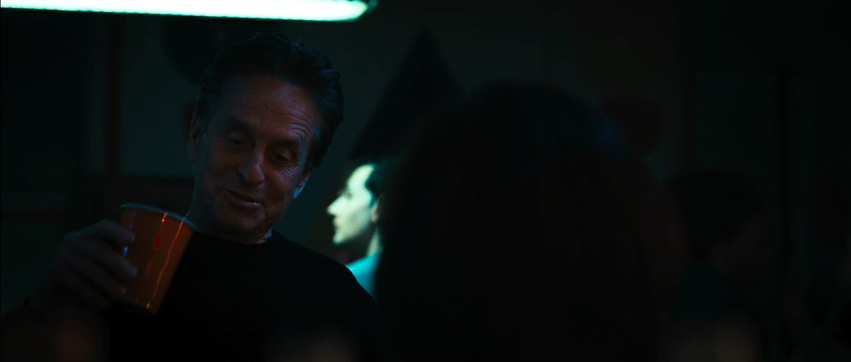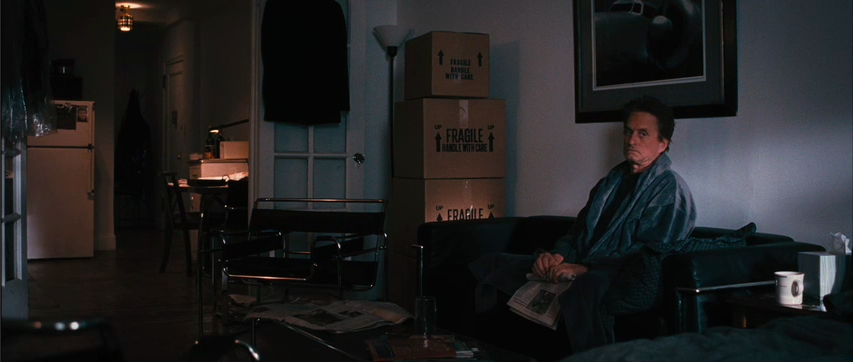
There's so many ways I could begin this post. First, I meant to write this in January 2010. But I think with this year being a relatively weak year for film, it is a good time as any to talk about how 2009 went down.
I suppose the easiest thing to argue is that this decade, with just a few months left, is in many ways a continuation of the trends set in 1990s cinema (aside from the amazing advances in digital photography and effects, of course). Independent movies are still competing well against studio productions. The number of theatrical releases is still gradually decreasing. And the movie theater experience, revitalized in the 1990s with stadium seating and THX digital sound, has continued its evolution with the advent of digital projection, the brief digital 3D phase, leather seating, and soon, new movie palaces (similar to those in Thailand) with lounge seating and at-seat food service. We've also seen wonderful boutique theaters for foreign and independent films, such as the Landmark Cinemas chain, and the IFC Center in downtown New York.
And many of the themes and major directors who matured in the 1990s continue their work in this decade. During the 1990s, there was a 1970s revival. And while now the 1980s revival is running its course, we still see the influences and talent that made 1990s cinema very interesting. Quentin Tarantino has found his place as a hard-working film historian, who makes watchable yarns with moments of greatness (that muscle car chase scene in Death Proof? Brilliant). The Coen brothers continue their excellent work, with the time and freedom to make small personal films and comedies of mixed quality. Mike Leigh continues the peak he set in the early 90s. Steven Soderbergh continues his blazing pace of two films per year, thanks to his advanced skills as a producer and his full control over shooting and editing. Julie Taymor continued building her strong filmmography. So did Wong kar-Wai, albeit at a slower pace.
And then we have Katheryn Bigelow, known mainly for making solid, male-oriented action movies. I think the thing we can take away from The Hurt Locker is that you don't need a stunningly original or complex plot to make a great film, but you absolutely need strong performances and flawless execution. With The Hurt Locker, all the elements that Bigelow acquired in her 31 year career come together for a full 130 minutes. We had the exploration of risk taking, the effects of adrenaline and testosterone, glimpses of raw male aggression and nihilism, the mismatch between military and civilian life, the sheer madness of war, and the age old lesson that no good deed goes unpunished.
Just as important, we see a director who knows how to storyboard, plan, shoot, and edit an action scene. When I watched the action sequences in The Dark Knight, I wondered if Christopher Nolan had any idea what the completed product would look like on screen. But with Bigelow, you never lose your sense of place or speed. The framing, camera angles, and edits are simply perfect. When Jeremy Renner's character instructs his comrade to wash blood off a Barrett sniper cartridge ("Spit n' rub!") you are sucked right into the moment, on the edge of your seat. She showed this ability decades ago in The Loveless (1982) and Near Dark (1987). She's now a leader in action movie directors.
And it was all done, amazingly for $11 Million.
I should also point out Bigelow's history of both intentional and unintentional success. Point Break was marketed as one of the best surfing moves ever made, but it is actually one of the best skydiving action movies made. The Hurt Locker was meant to be one of the best bomb squad movies ever (and I think it is), but it is also one of the best Army Ranger movies ever. And no one expected The Hurt Locker to be an Oscar contender when it was previewed in the fall of 2008 and released in the summer of 2009. But in a weak year, it stood out as one of the few greats.
Ever since a 1978 master's thesis film in which two men beat each other to a pulp, Katheryn Bigelow has continuously returned to male violence as one of her primary themes. It's fantastic to see her mature as a filmmaker. Whereas Point Break (1991) had its moments (and made for a great poster in a college girl's dorm room), The Hurt Locker really elevates Bigelow's status to highbrow auteur. I think auteur's know they have 'made it' when stills from their movie end up in Film Comment magazine. And The Hurt Locker gave us plenty of stills to choose from.
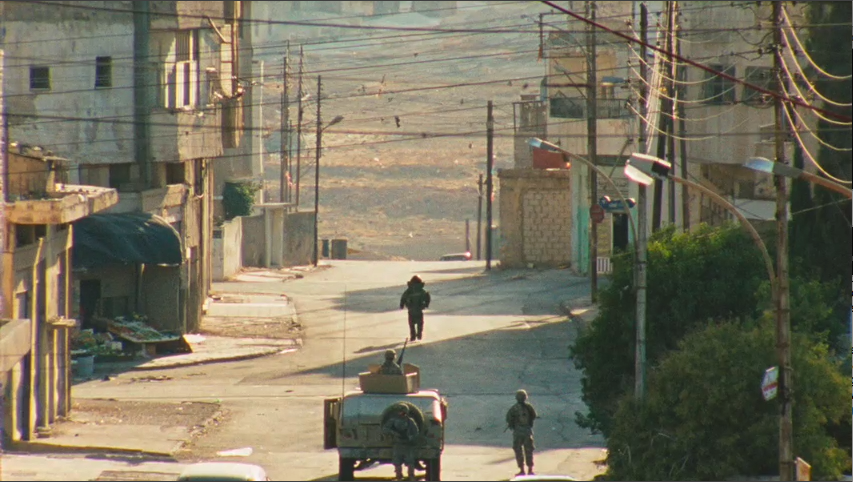
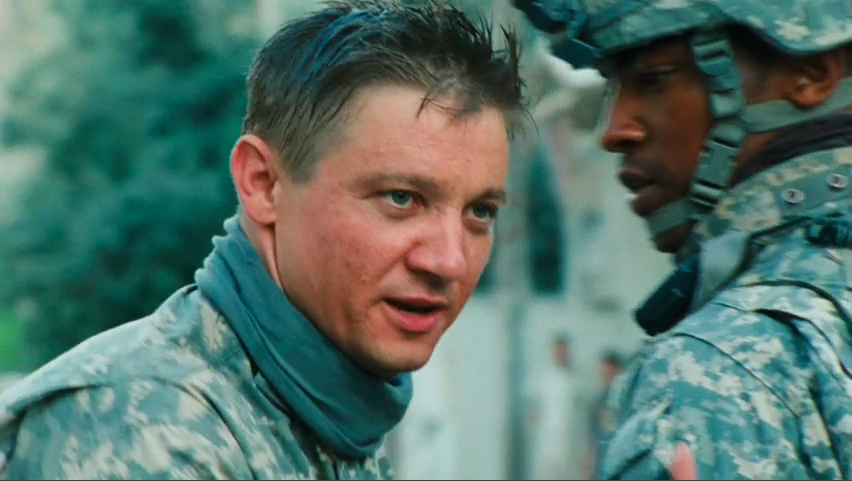 Jeremy Renner and Anthony Mackie clash throughout this white knuckle actioner.
Jeremy Renner and Anthony Mackie clash throughout this white knuckle actioner.
My short list of other classics from 2009 include mainly foreign entries. I should point out that all of these films were shot and edited digitally (with the exception of The Hurt Locker, was shot in Super 16mm). Digital production and processing fully matured around 2007 (with Zodiac, I would argue) and it is here to stay (unlike digital 3D).
The White Ribbon
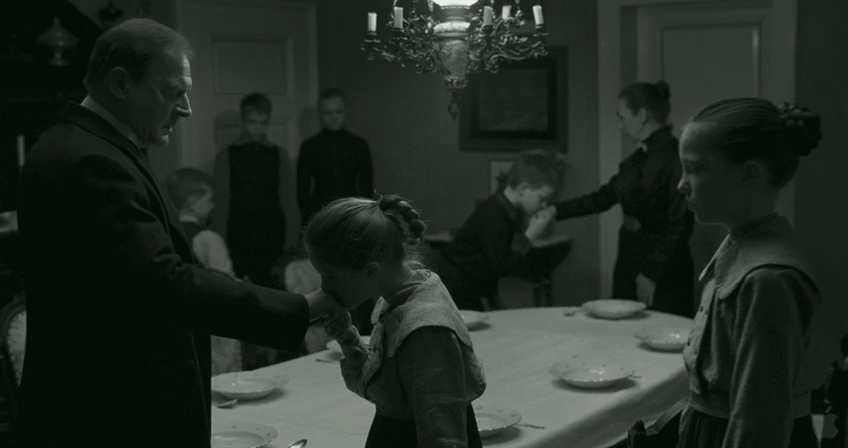
I think The White Ribbon ranks with The Tin Drum, The Marriage of Maria Braun, Das Boot, and The Lives Of Others as one of the finest German films in the last 30 years. It is sublime and beautiful, portraying early 20th century rural German life, and the depth and ability of human cruelty. It's a sweeping examination of human behavior, discipline and punishment, and the overbearing presence of death. Featuring a perfect cast (including on of my favorite German actors, Ulrich Tukur), The White Ribbon never lingers on one of its many themes. While it is obvious that the children in the movie will come of age during the Third Reich, it is never explicitly argued that the story is a prequel or some kind of fictional explanation of the carnage that is to come (and it's not important to the story anyway). Michael Haneke, the elder statesman of central European cinema, takes full control of the storytelling as the writer and director and does a stellar job. Thanks to its stunning black and white digital cinematography, the film immerses you in another time and place. I really do think that digital photography has helped resurrect black and white cinema, since there is no one left in the industry who knows how to light black and white film (not since the great Gordon Willis retired).
El Secreto de sus Ojos (The Secret in their Eyes)
Based on a novel by Eduardo Sacheri, and written for the screen and directed by Juan Jose Campanella, The Secret in their Eyes is an emotionally powerful film noir and procedural that is probably the best film of its kind since Zodiac. We know the Academy likes stories about oppressive regimes and death camps, but this movie uses Argentina's Dirty War to great effect - by using it as a dark cloud over the small, simple story it focuses on. Told largely in flashbacks, a prosecutor (Ricardo Darin) spends years of his life investigating the rape and murder of a young schoolteacher. We suspect his quest for justice will be futile, as will his romantic pursuit of a woman who belongs to the ruling class. But the suspense and execution is flawless like an old Hollywood film noir, highlighted by a stadium search sequence reminiscent of Scorsese or DePalma films of the 80s. While I feel that The White Ribbon is the more complex, deeper film, it does not diminish the accomplishment of this film - Argentina's first Oscar win in 25 years, and second overall.
Which Way Home

While The Cove won the Academy Award for best Documentary Feature, as expected, I feel that Which Way Home is the more powerful and impressive film – both logistically and emotionally. The Cove had the assistance of Hollywood FX and camera crews. Which Way Home uses far simpler handheld digital cameras and on-location sound. It has a minimum of graphics and music, and zero narration. But I’m not a fan of Which Way Home because it’s an underdog. I was riveted by this movie. It will stay with me forever. Rebecca Cammisa’s film doesn’t give us any sentimentality or tug our heart strings. It gives us a never before seen look at illegal immigration between Central and North America, through the eyes and words of children who leave their homes to ride ‘The Beast,’ the freight train network that runs over 1,400 miles through Mexico to the US border. The film would never have been completed without these kids, who know and lead the way north for Cammisa and her crew.
There are many amazing moments captured on video here. Many of the children in this movie act and react like adults. They are hard, but break down like people who have had decades of hurt. We see that many children are driven to migrate to the USA out of a naive idea that they can both survive the freight train journey and find a stable job. We meet a traumatized, crying little boy who was rescued from the journey's final leg - the Sonoran Desert. We learn of two cousins who didn't survive the desert. And we meet Memo Ramirez Garduza, manager of the Saint Faustina Migrant's House in southern Mexico. He gives any migrants willing to listen a monologue he has probably delivered thousands of times. He tells them that Mexico is the "way to death" and that the USA is "death itself." He warns them not to go further, but then asks, "Who wants to go to the United States?" Everyone around him raises his or her hand. It might be a somewhat staged moment, but it is raw, devastating, and quite moving.
I will always grapple with what is more shocking – their perilous journey, or their parents back in Guatemala and Honduras? Clearly the journey is incredibly dangerous and is the focus of the film. But the viewer won’t soon forget the parents, either. Many of the children are orphans or were abandoned by their parents at a young age. But others have parents or stepparents who encourage their children to leave (or throw them out), hobo to America under the constant threat of death by train or at the hands of an adult, obtain jobs, send cash home, and not complain. Sounds perfectly fair, no?
District 9

The best way to describe District 9 is that it is a science fiction story that manages to address Apartheid, refugee crises, slum cities, private military contractors all in just over two hours. And while the battles that conclude the film don’t answer the very good questions the movie asks, District 9 wound up on many critics’ top ten lists, as well as an Oscar nomination for Best Picture. Not too shabby for a $30 Million dollar space opera. Oh, and it also managed to completely offend Nigeria. Director Neill Blomkamp and producer Peter Jackson are two of the most skilled filmmakers when it comes to digital photography, effects, and editing. So not only is District 9 an original movie, it really is a small technical marvel as well (small compared to Avatar, of course).
Tetro
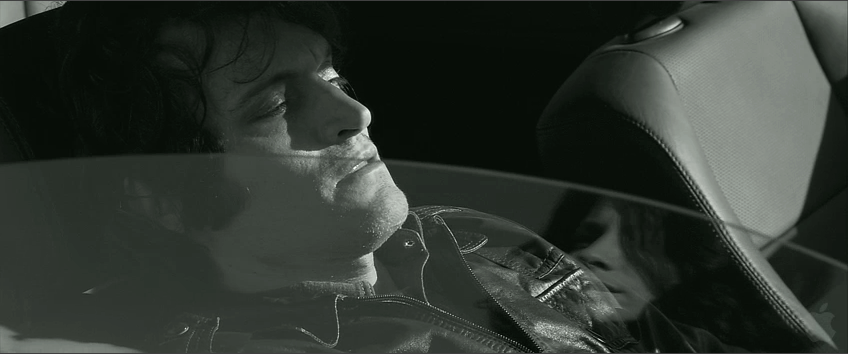
I think it is a fairly easy argument that Tetro is Coppola’s best film since Bram Stoker’s Dracula (1992). That’s seventeen years – a lifetime. In order to return to his own lofty standards, Coppola relies on themes and styles he has worked with before, namely the family melodrama, mixed with his own family history and a tip of the hat to Italian neorealism. You’ll find it all in Tetro. Of course, neorealism and melodrama cannot coexist in a single film, so Coppola is wise to stick to his own life experience for inspiration and narrative. The result is a highly polished exercise in melodrama with echoes of Coppola's own family history and a tip of the hat to Rocco and his Brothers (1960).
The film is about two brothers, played by Vincent Gallo (age 46 at the time of production), and Hollywood’s newest leading man, Alden Ehrenreich (age 18). So right from the start, Coppola makes unorthodox casting choices. The same could be said of the film's location. It is the story of an ethnic Italian family, but Coppola, having found new inspiration (and new vineyards) in Argentina, sets the film there. I think it works well, given that the country is virtually half Italian itself. The all digital black and white cinematography might remind viewers of one of Coppola’s less successful dramas, Rumble Fish, which was also highly stylized. In fact both films have splashes of color. Through the protagonist of the elder brother, Tetro, we discover a complex, highly creative family, much like Coppola’s. It's operatic, bold, and at times, a beautiful film. Welcome back, Francis.
9
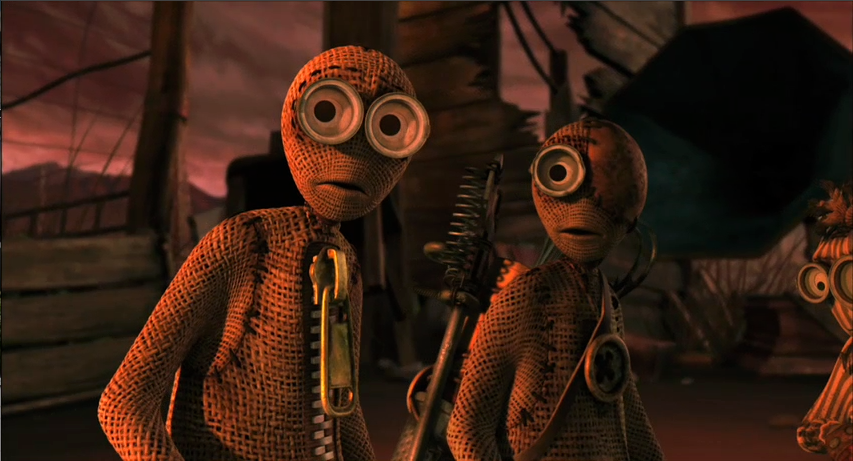
Not to be confused with the musical, Nine, or District 9. However, like District 9, this movie was adapted from an academy-nominated short (in this case, the original short won the Oscar). 9 is an animated cautionary tale, and one of the bleakest movies of 2009 (set in a world where mankind is extinct). Unlike the original animated short, the full-length feature contains dialogue, making the film far more complex, and arguably less entertaining that the original short. But the art direction and voice talent in the feature is quite good (thanks in large part to the involvement of Executive Producer Tim Burton). And despite the complex adventure and depressing theme, it remains the most imaginative animated film of 2009. 9 may not be as great as the films above, but I feel I need to include it as a noteworthy animated film for teens and adults.









